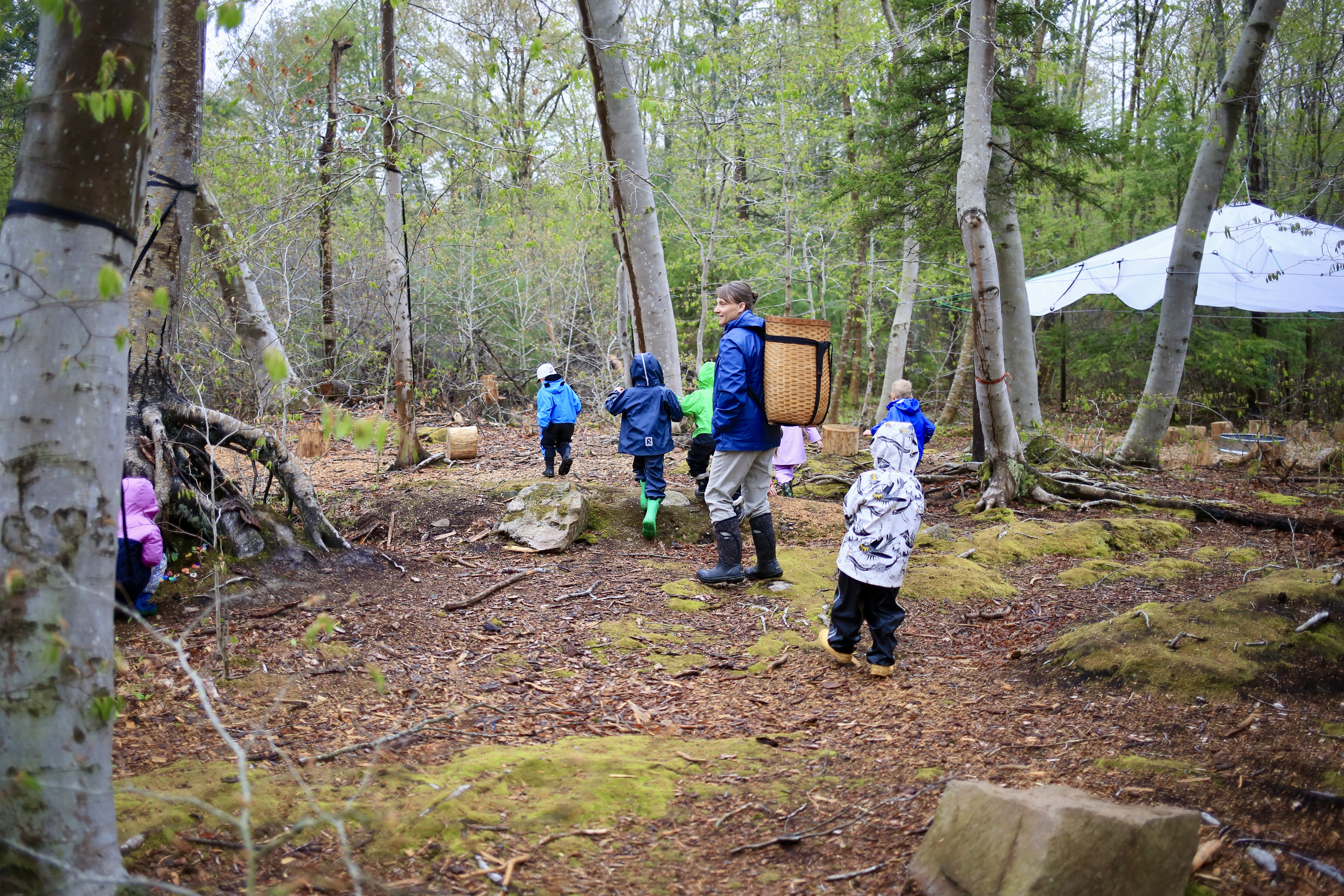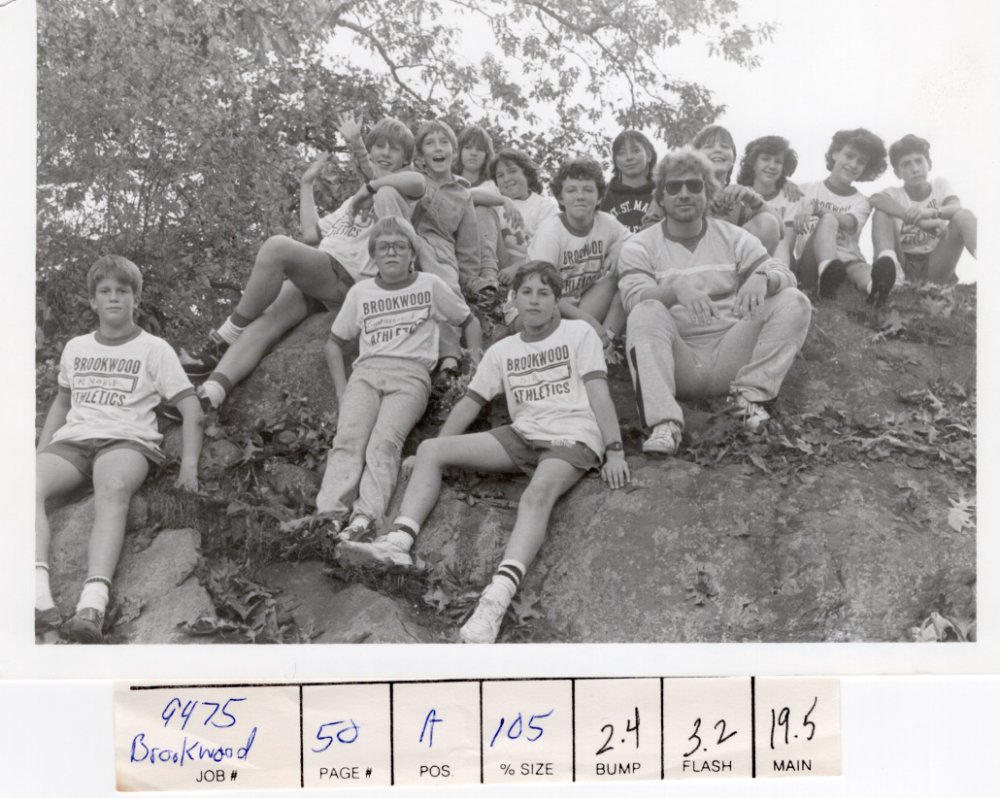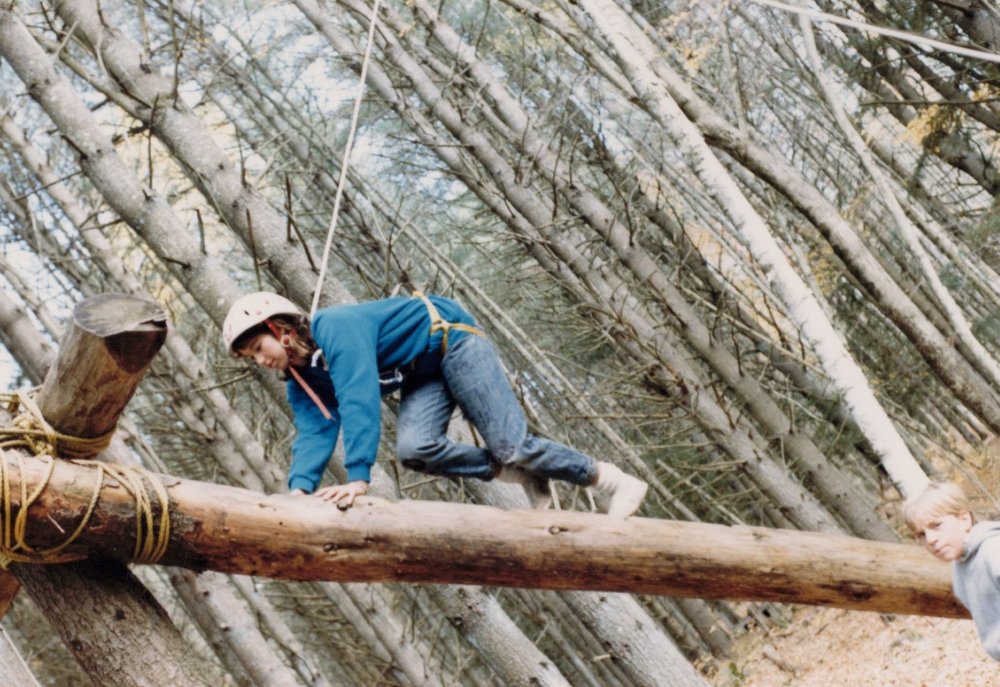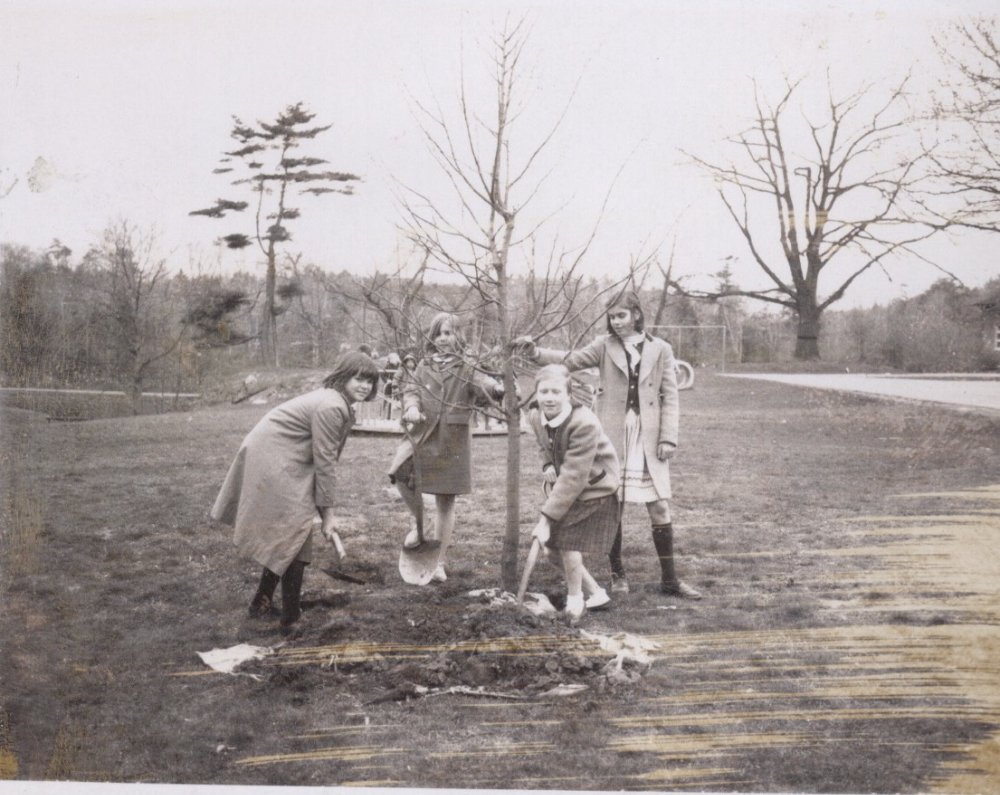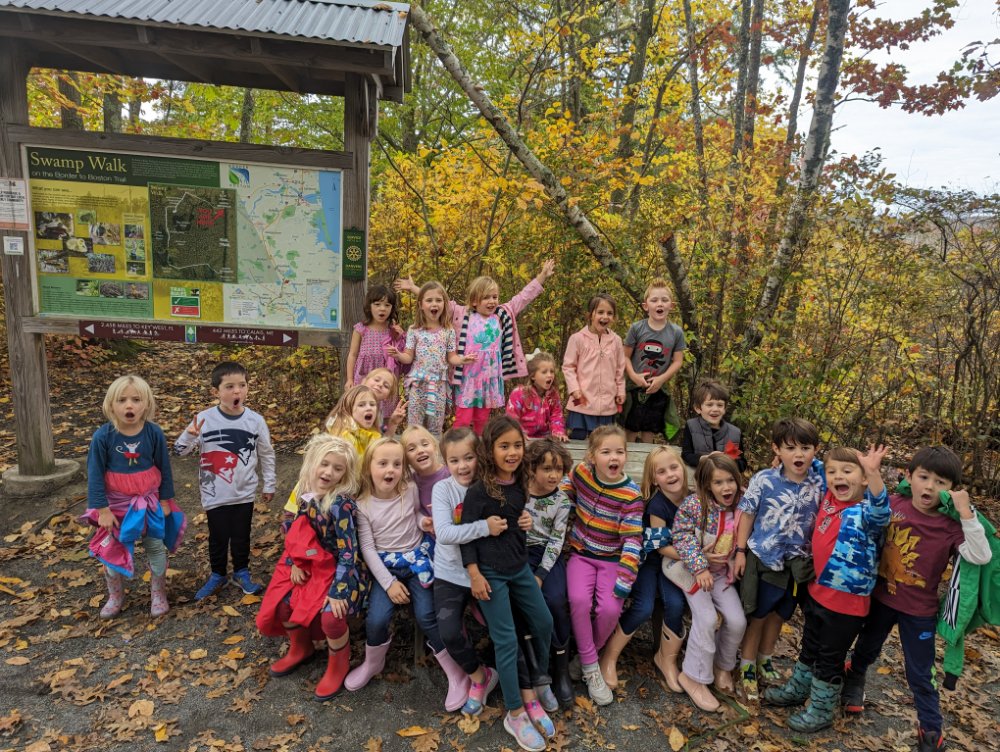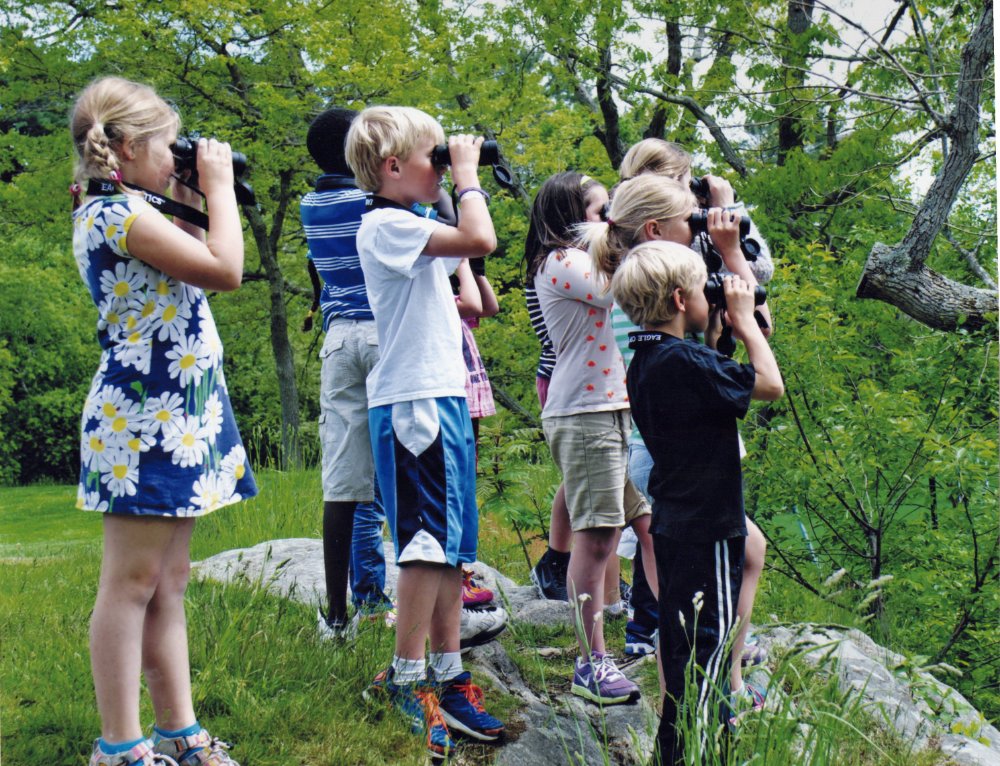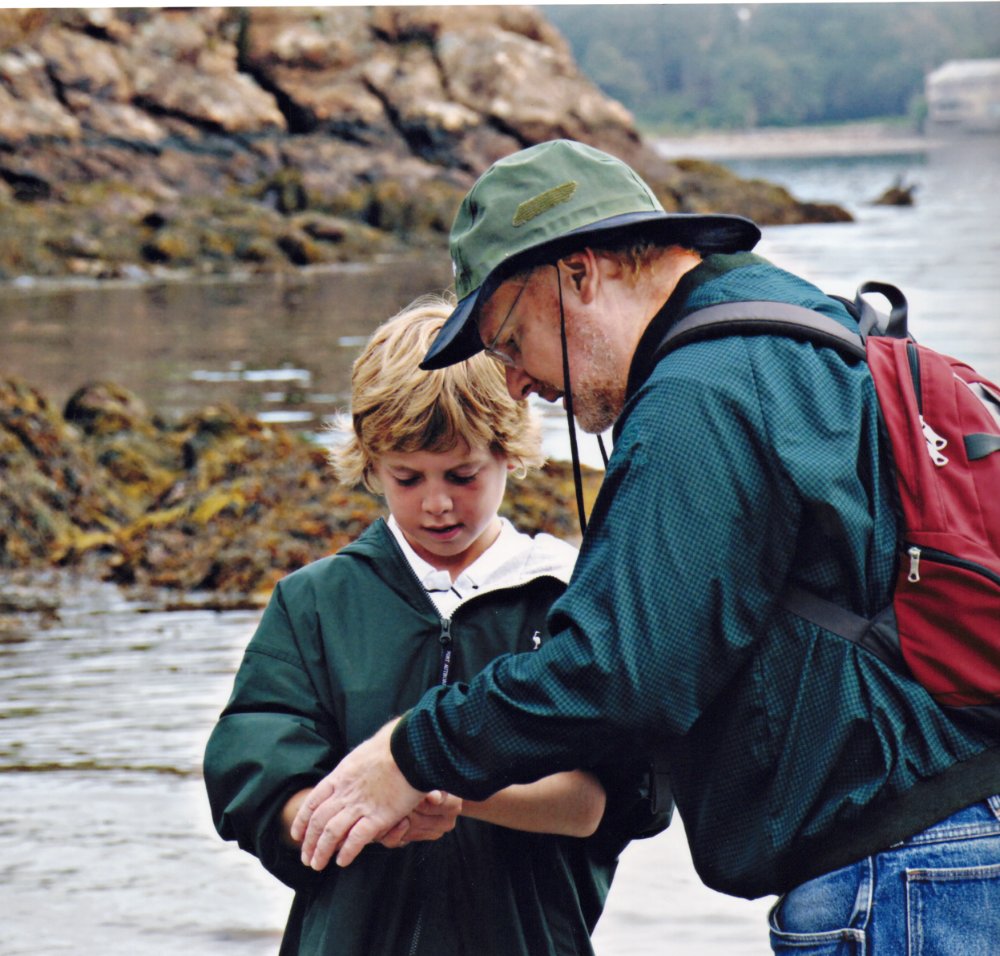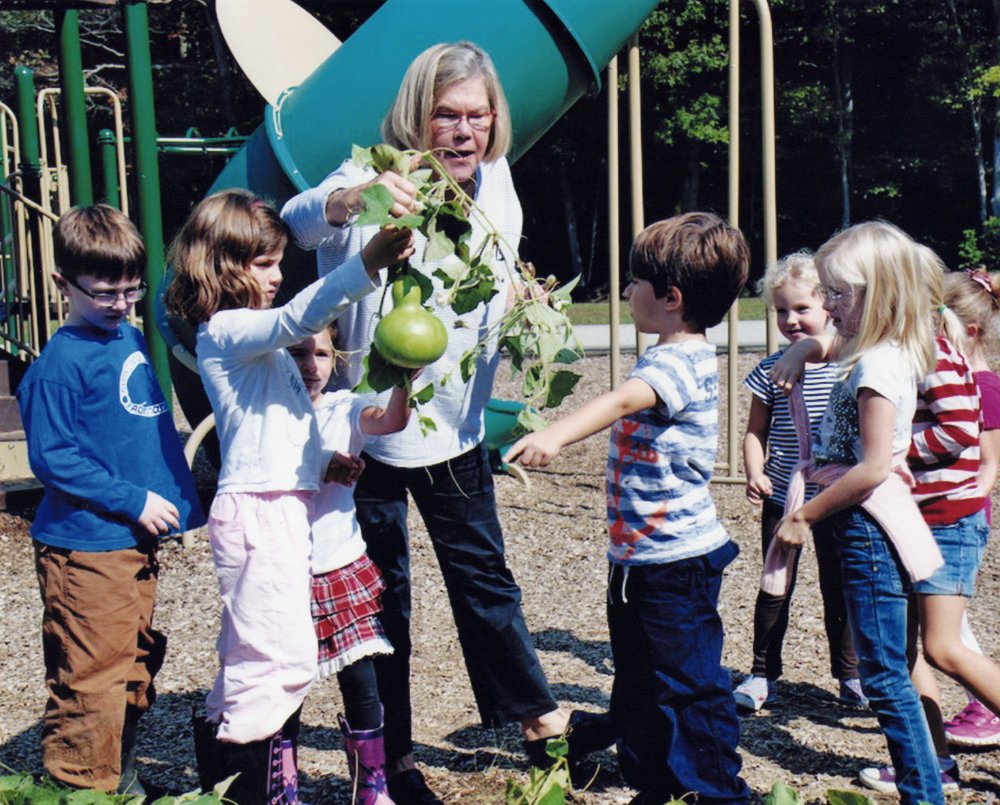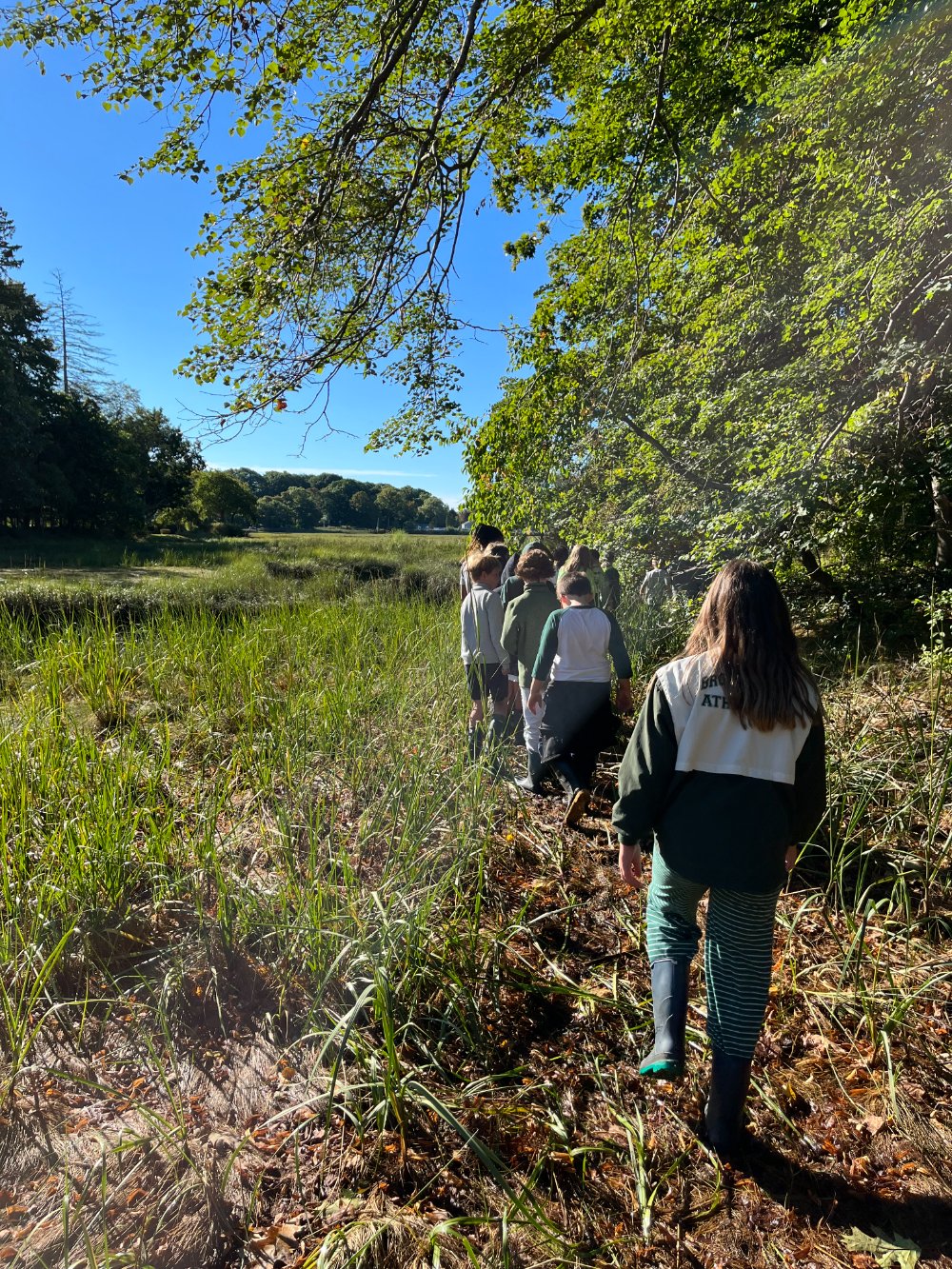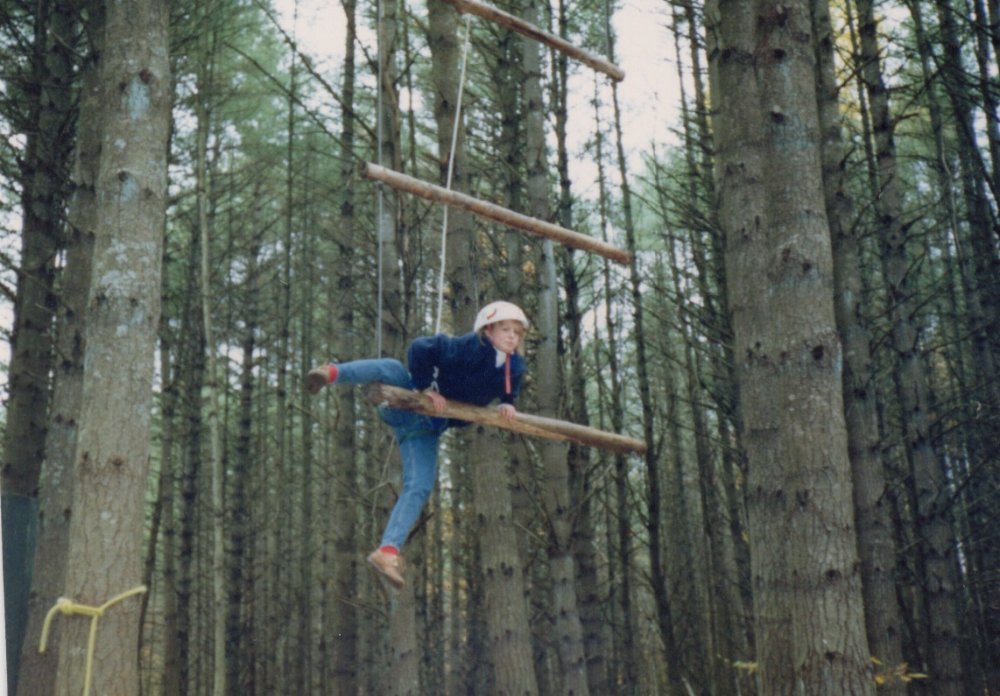Research shows that when kids get outdoors, their learning expands—and their health and happiness improve.
.png)
Brookwood’s Forest School
The primary objective of Brookwood’s outdoor learning and Forest School is to foster a deep and lasting connection between students and the natural world and each other, instilling a sense of environmental responsibility, resilience, collaboration, and belonging. Thanks to a generous group of donors, we not only expanded our curriculum and programming but also revitalized Brookwood’s former ropes course as a Forest School.
A living classroom where learning, wellness, and wonder come together. From our youngest explorers to our oldest scientists, students use the Forest School to deepen their connection to place, self, and community. Below, you’ll find a sampling of programs happening in our Forest School this year.
Early Childhood (EC1 & EC2)
Our youngest learners begin with stories and sensory exploration. They look for moss, insects, fallen leaves, and act out what animals might do in those habitats. Learning is playful, imaginative, and rooted in wonder. Curiosity deepens through simple observing and noticing. Children might lift logs to look for salamanders, listen to bird calls, or collect acorns to examine how animals store food. They begin asking questions — “Who lives here?” “Why do those tracks disappear in the mud?” — building the foundations of scientific thinking through exploration.
Kindergarten
Kindergarteners explore winter adaptation and the changing pond. They notice frozen cattails, animal tracks in snow or mud, and compare how animals keep warm. They return to the Brookwood pond throughout the year — first iced over, then teeming with spring frogs and water striders — drawing and documenting what they see.
Grades 1–4: Wellness & Nature Connection
Students establish sit spots — returning to the same rock, log, or clearing every visit. Here, they sketch a pinecone, trace veins on a leaf, or listen for wind in the branches. As weeks go by, they notice small changes: buds opening, chickadees building nests. Nature journaling blends science and mindfulness, teaching attention, calm, and appreciation for the land. For example, students might spend ten quiet minutes observing a single mushroom, then write or sketch what they discover — texture, color, shadows, questions.
Grades 5 & 6: Science in the Field
Students begin applying scientific concepts outdoors. They might follow streams through the woods to map how water flows across campus, test pH levels, or gently collect macroinvertebrates (like caddisfly larvae) to understand water quality. Other classes track animal signs — nibbled pinecones, footprints, scat — and construct food webs using species they’ve actually observed. For instance, in Science a group found raccoon tracks near the brook and added them to a student-made ecosystem map showing who eats whom and where they live.
Grades 7 & 8: Ecology, Systems, and Stewardship
Older students use the forest as a living laboratory. They investigate predator–prey dynamics by looking for owl pellets, fox tracks, or evidence of small mammals. They record data, ask questions about biodiversity, and consider how ecosystems stay in balance — or what happens when they don’t. For instance, they set up trail cameras that recorded night footage of predators and prey, including otters, coyote, and even a fisher, plus, of course, lots of deer. Students used that footage to create their own teaching videos about how the energy flows through the Forest School ecosystem.


